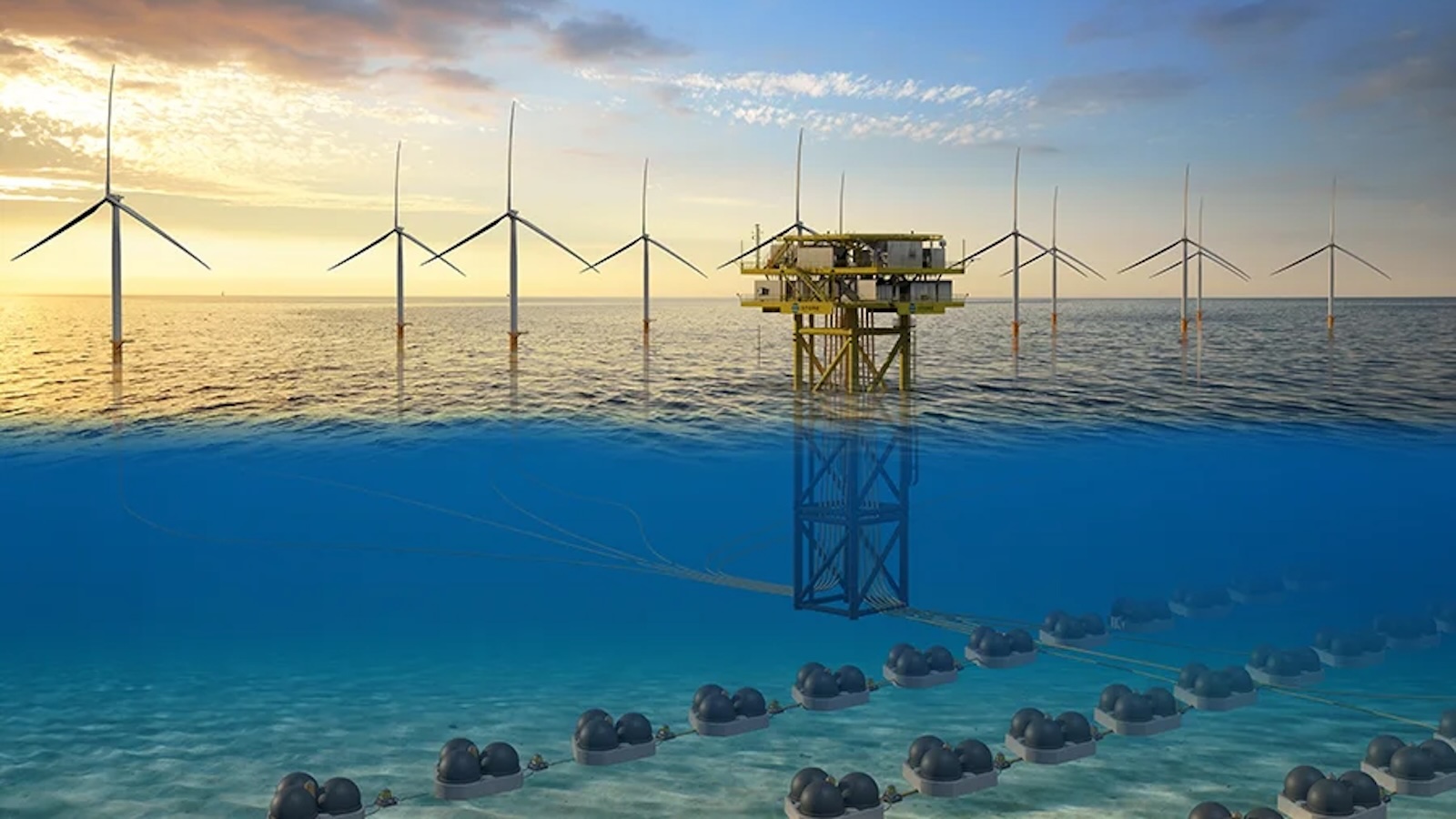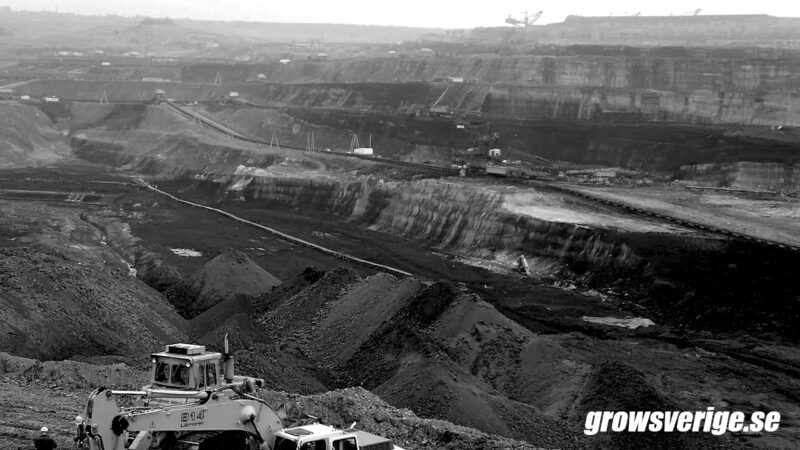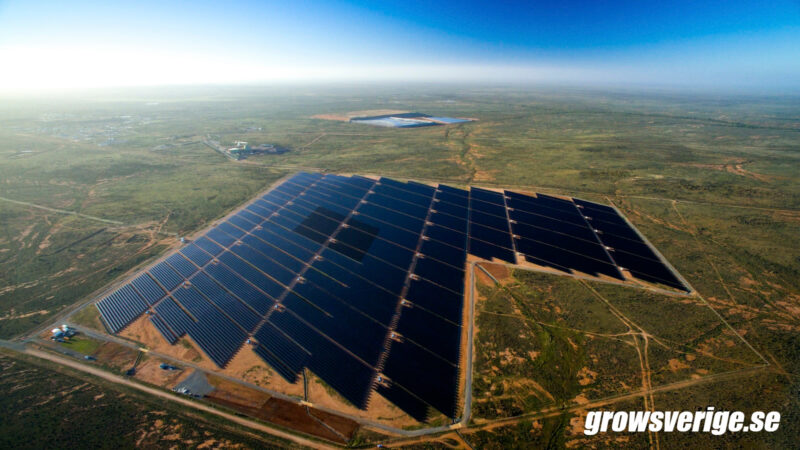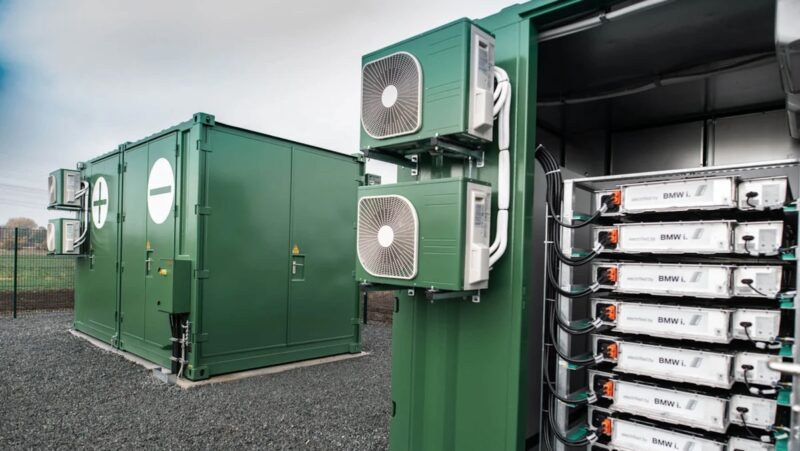Vad händer
Kontext
Konceptet går ut på att lagra luft långt under vattenytan. Vid behov av elektricitet släpps vatten in i behållaren vilket får en turbin att snurra.

The technology, dubbed StEnSea, uses a hollow, 400-tonne concrete sphere made from 3D printed concrete, and anchors it to the seafloor at a depth of between 500 to 600 metres.
Water is pumped out of the sphere using an electrically driven pump turbine designed by Pleuger to charge, then water is allowed to flow back into the empty spherical chamber, turning the pumps into turbines that generate electricity.
Renew Economy: US and Germany back plan for 3D printed, subsea pumped hydro storage pilot
“This innovative method mirrors the functionality of traditional pumped storage hydropower but adapts it for the subsea environment, leveraging ocean pressure to store and release energy efficiently,”
Pleuger
Undervattenslagret minimerar markanvändning och tål höjda vattennivåer, bränder, översvämningar, köld, torka och terrorism.
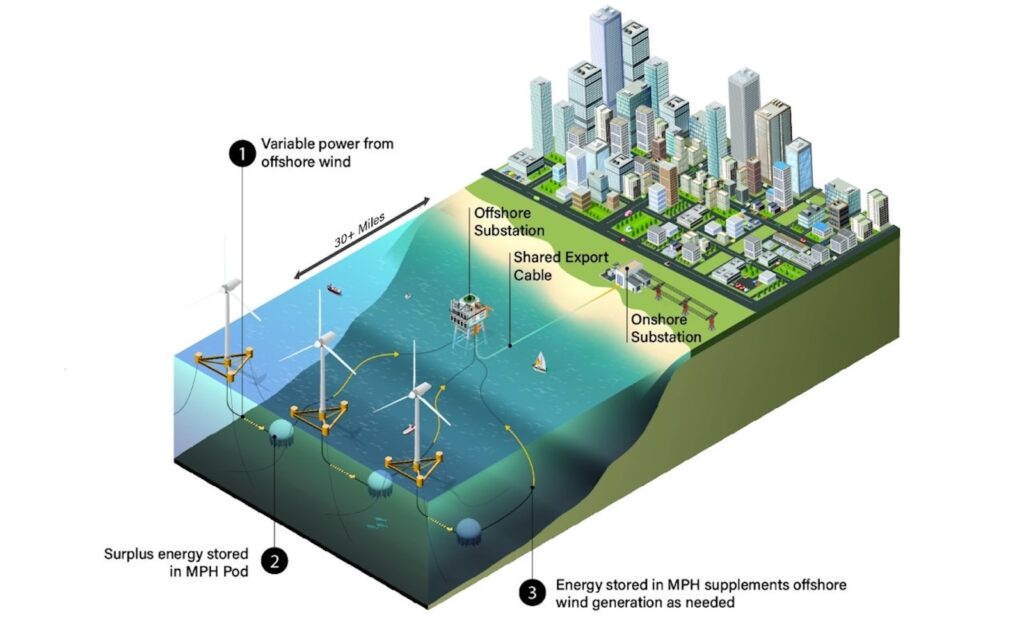
Prototypen som byggs i Kalifornien har en kapacitet på 500 kilowatt och lagringsutrymme på 400 kilowattimmar.
Vad har det för betydelse
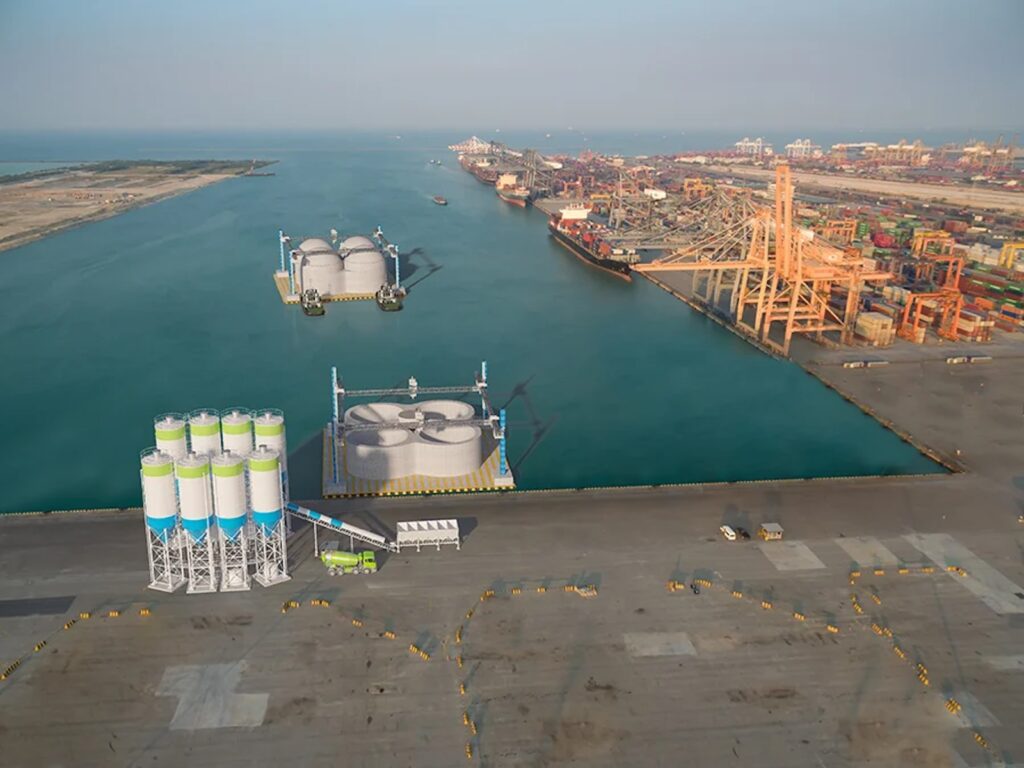
Sperra noted that the subsea energy storage potential of the US is somewhere around 75 terawatt-hours, more than double the estimated potential for comparable onshore pumped storage systems.
Clean Technica: 3-D Printed Concrete Enlisted For Futuristic Subsea Energy Storage Demonstration

